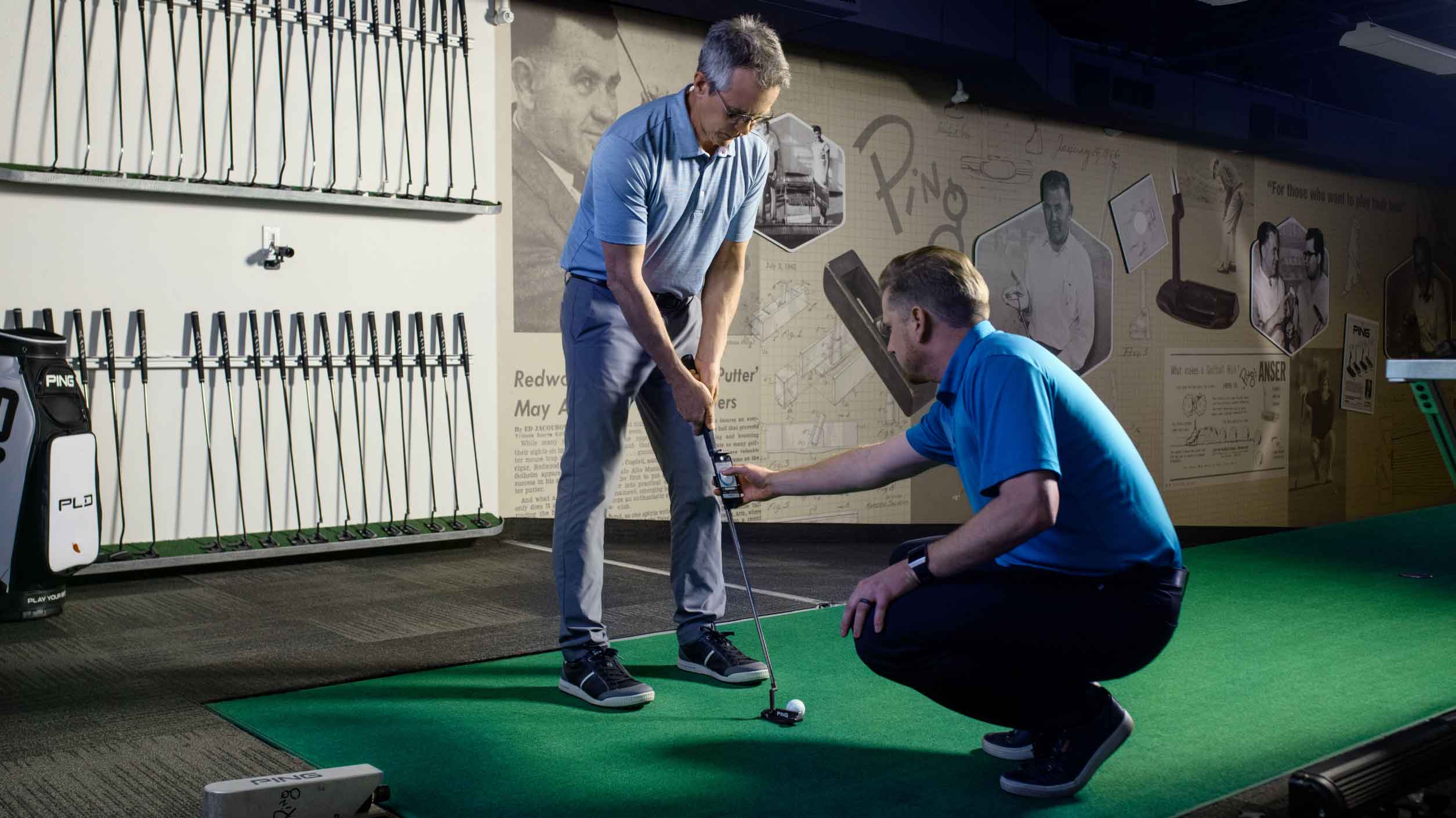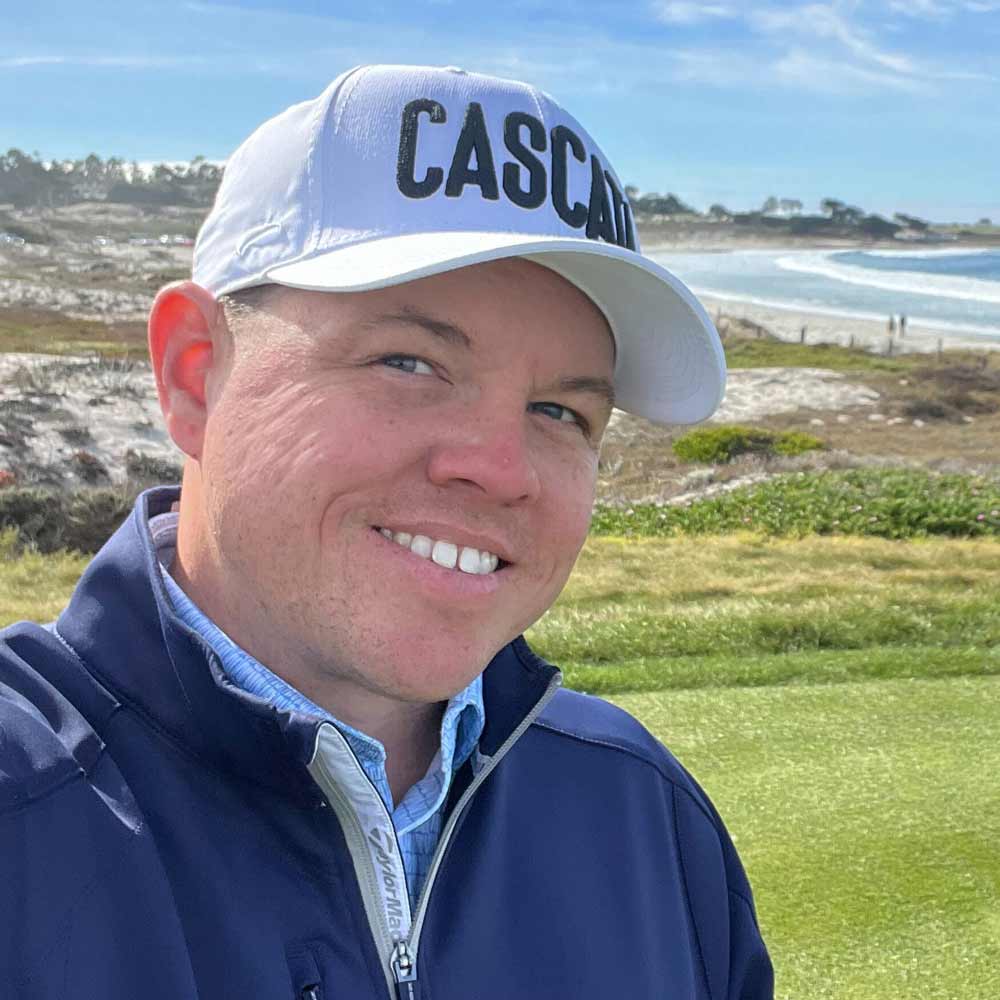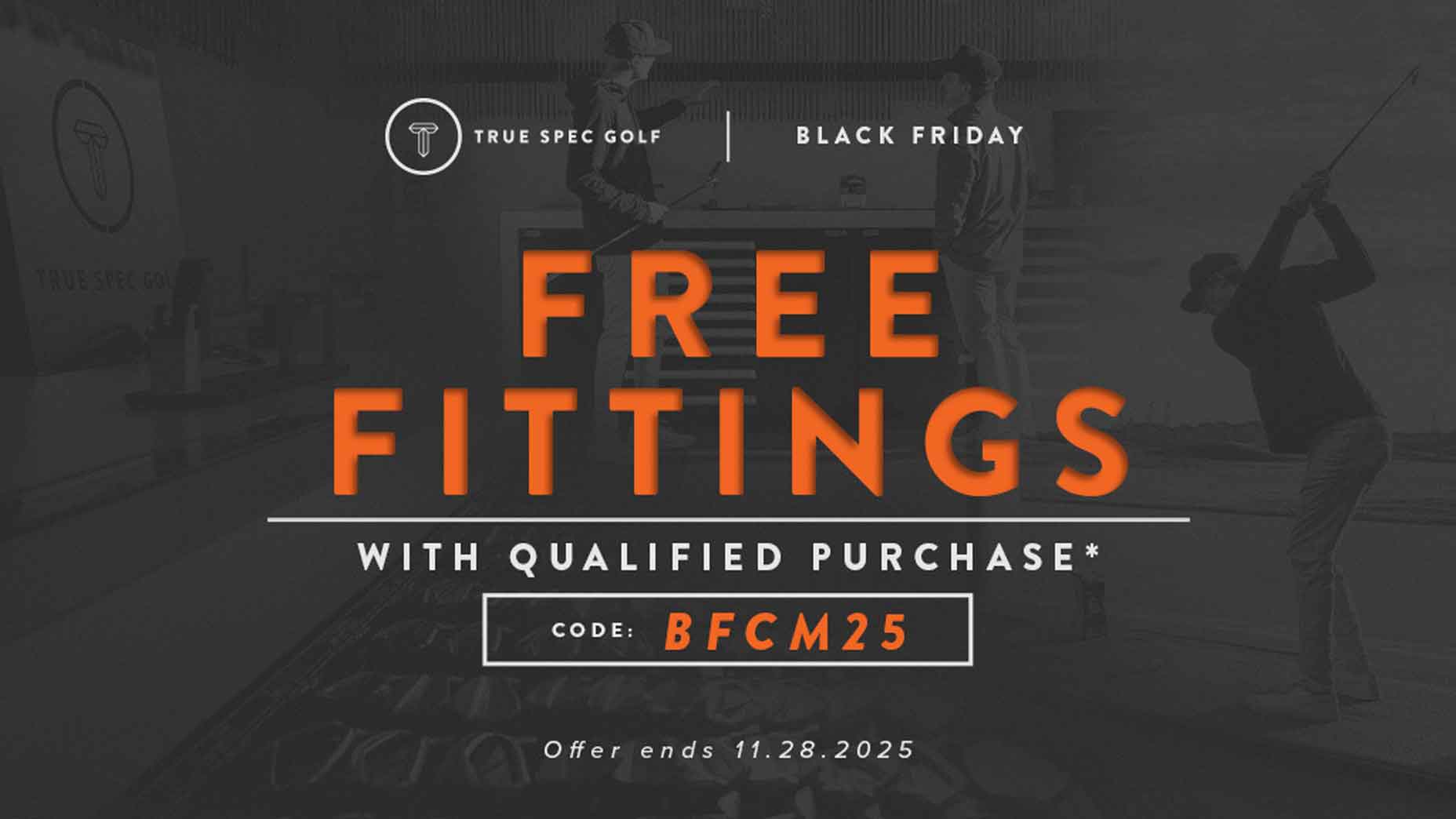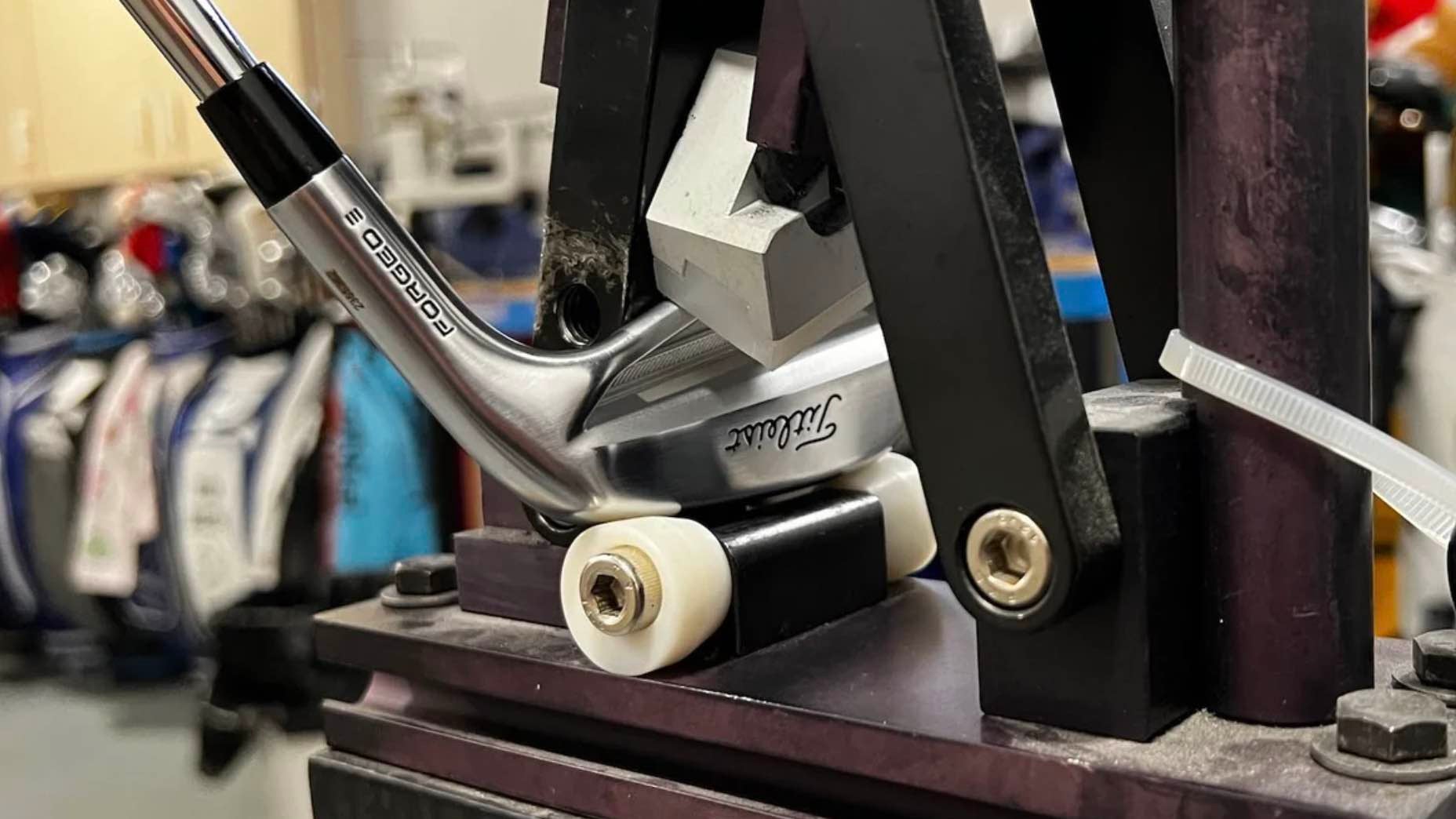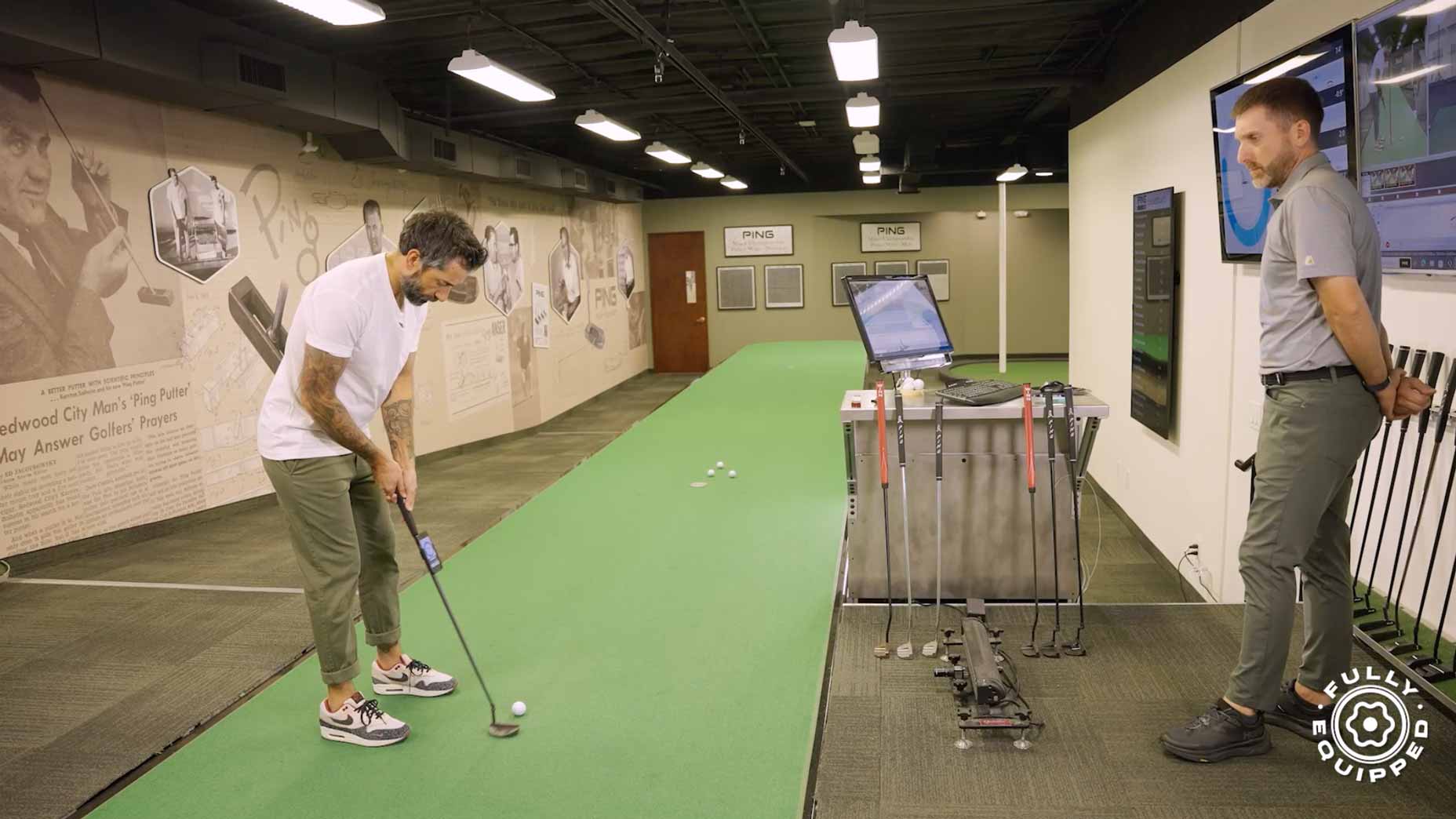The most neglected club when it comes to fittings? Easy answer.
Putters, which is a head-scratcher to me.
Given you use your flatstick more than any other club in your bag, the club can make or break your round. While putting may not be the flashiest and most electrifying part of the game, someone who can consistently roll the rock always garners respect. Think about your own groups — you can quickly deduce who is a good putter and who isn’t. If you fall into the latter camp, here are a few things I would want to work through with you during your putter fitting.
What you can expect from a putter fitting
In addition to talking through why you struggle on the greens, I would watch you putt and measure a variety of data components about your stroke. This is how we figure out how much of a disconnect there is between feel vs. real.
- Are you reading the putt correctly?
- Are you seeing the line?
- Can you start the ball on your intended line?
- Does your read match the speed and pace of your putt?
- Do you consistently hit the center of the putter face?
- Does your eye line match your target line?
If you are doing all of these things well, you are already ahead of the pack and should be better than most on the greens. If you are lost and second-guessing your approach to putting, let me break down what we can do in a fitting to get you sinking more putts and expanding that “gimme” zone with your Sunday group.
Why putter length matters
The correct putter length will help you maintain correct posture, stroke consistency and mechanics, and also in assist in getting your eyes positioned correctly over the ball.
Why putter head design matters
With hundreds of possible shapes and models, let’s focus on the most popular types of designs: round and square. Round and square designs can come in both mallet and blade styles. Assuming you are a right-handed player, the roundness of the putter head will tend to be more right bias while the squareness of the head will be more left bias.
Face balanced, toe hang or zero torque: These dynamics will be tested to match your natural stroke type; we also fit neck design and offset in this step.
— If you like to arc the putter, zero torque is not the best option for you. Zero torque models work best for players with minimal arc and who are looking for more consistency with face awareness and control.
— Face-balanced putters are a great option for players who have a tendency to miss right or who have minimal arc in their strokes.
— Toe hang putters, typically blades, are for player who like to arc the putter, prioritize precision over forgiveness and find the center of the face most often.

True Spec Golf Club Fitting
Why putter lie angle matters
Once we land on the correct length and head design, we’ll need to match the lie angle to these new changes. An incorrect lie angle can result in off-center strikes and the putter dragging the turf through impact; it also can lead to compensation with your natural release and speed control.
—Too flat: toe strikes and push misses
—Too upright: heel strikes and pull misses
Why putter loft matters
Most putters come with 2-4 degrees of loft. Too much loft, though, and the ball begins to skid and bounce before getting into a true roll. Not enough loft, meanwhile, can lead golfers to driving the ball into the ground and compromising speed control. Likewise, the ball can come off the face with an excessive amount of forward roll and be difficult to control on downhill putts.
Are you a liner or radial putter?
Where we put the weight is going to be subjective to your stroke type and your feel. Are you a liner or radial type of player? Do those terms mean anything to you? Which one are you?
— A liner type of putter will accelerate the handle and the head at the same rate — more of a 1:1 ratio, to control speed. This style of player will typically prefer the feel of lighter head weights and more weight close to their hands. Counterbalance designs can also be a great option for liner players.
— Radial type players will keep the handle toward the center of their body and allow the head to swing. This stroke type is more of a 1:2 ratio where the head accelerates faster than the handle for speed control. As you may have guessed, this player typically prefers more weight in the head of the putter.
Whichever style you are, there is no wrong answer. Your fitter will build you what you need to complement your natural stroke. Now, if you don’t fall into either category, we can build you a broomstick and send you on your way to “sweep” your way to lower scores.
What putter grips matter
Grips, like head design, can also have a push or pull bias. A more rounded grip better fits the natural contour of the hands and can slow the rate of release, thereby helping players who tend to pull putts or over-rotate the face.
Grips with flat edges, shelves or more squared off shapes can be a great option for players who tend to push putts or have a low release rate and minimal face rotation. The size of the grip can also impact grip tension and wrist position and movement. Larger grips can reduce grip pressure and delay the wrists and hands’ natural release. Smaller grips can provide more connection and feel and increase the rate of release.
Why putter optics matter
The optics, or alignment aid, on your putter also need to be tested and fit. The placement, size, color and shape of optics can affect how you aim the putter and where you strike the face during your stroke. Believe it or not, the optic can also have a push or pull bias and even impact the amount of dynamic loft you deliver through impact.
— Forward optics (close to the face of putter) can reduce dynamic loft and help players that tend to push putts and/or have slower release rates and minimal face rotation.
— Optics toward the rear of the putter (away from the face and topline) can benefit players who pull putts, have much forward shaft lean and deliver low dynamic loft. Rear optics can also help players with faster release rates and who have a lot of arc in their strokes.
A properly fit putter can transform your performance on the greens. The best way to determine your ideal specs is through a professional putter fitting, like those at True Spec Golf.
To dial in the perfect putter for your game, consult a fitter at your local True Spec Golf.
